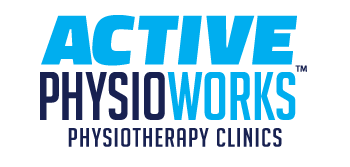Golf Injuries
May 19, 2017
With the warmer weather on its way, you are no doubt contemplating delving into the nether regions of your closet to retrieve your golf bag for the season. While golf is a great physical activity that can be enjoyed by all ages, the repetitive motions associated a game of golf or day at the range can lead to injury.
Golfers are typically prone to injuries affecting the upper body, including the back, neck, arms. The most common conditions associated with golf that can be treated by a physiotherapist include:
- Low back pain
- Golfer’s elbow – also known as lateral epicondylitis
- Tennis elbow – also known as medial epicondylitis
- Wrist injuries – including fractures and tenosynovitis
- Shoulder injuries – including rotator cuff pathologies
- Knee pain
- Ankle and foot injuries
What are the most common causes of golf-related injuries?
- Poor flexibility that places additional stress on the joints
- Inadequate overall strength or imbalances in strength
- Failure to properly warm up
- Improper body mechanics during your swing
- Increasing your frequency of play too quickly
- Long periods of time between practice or play
How can I prevent injuries?
- By stretching and gradually warming up before play or practice – for example, beginning your warm-up with putting and chipping before driving
- By seeing a healthcare or sports professional like a Physiotherapist, to develop a proper strengthening and conditioning program focused on appropriate muscle balance
- By getting a thorough assessment of your golf swing to ensure proper body mechanics
- By using appropriate footwear with orthotics if needed (which we offer at all four clinic locations)
- By ensuring your clubs are of a correct length for you
A thorough assessment of posture, strength, and muscle length will guide a injury prevention or treatment program best suited to you. If you are interested in receiving such an assessment, or are seeking treatment for a golf related injury, book an appointment by calling 780-458-8505 today.
Please add your bio info through your member profile page, or through your dashboard.

